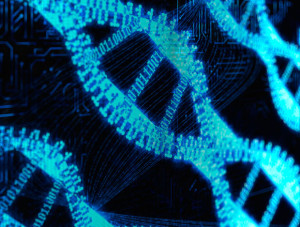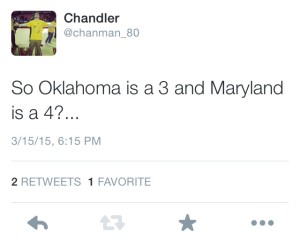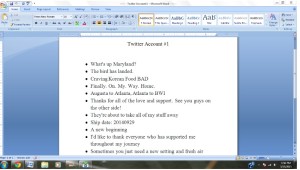I came into this class as a very close minded person who believed that there was a right answer to everything. I enjoy when topics are black and white; thus the reason I am majoring in a technical field where there is always an answer to questions that are asked. After going through this course my perspective is changed and I am now more open minded than I was entering the course. I was able to relate to a large majority of the issues that we discussed in class on a personal level and as a result of that I was able to form connections and change the way that I viewed the world.
In the first unit “Play, Privilege, and Power” we discussed video games, and the social environment that exists within that form of social media. Specifically we talked in depth about how women were treated when they used video games. Video games are predominantly dominated by males and use it as a form of “escape” from the real world. As a result of this, female interaction in the video game realm is often met with scorn and distaste. We discussed Gamergate including Zoe Quinn’s video game and Anita Sarkeesian’s criticism of the male dominance of this medium. For most people in the class this was not new information but I hate playing video games and as a result had no personal experience with this topic. Because of this, everything that we discussed was new to me and I was able to view it all for the first time with a fresh perspective. However I did find it difficult to sympathize with the struggle due to my lack of a connection and personal experience. After making my own Twine game I did in fact gain a newfound respect for both those that create and play videogames after observing the difficulty and creativity required.
During the “Social Media and Social Justice” unit I was able to interact with the class in a manner that was the complete opposite of how I had interacted with the first unit. As we discussed different mediums of social media I had been very actively using Twitter and Facebook for many years and had an unbelievable amount of personal experience with this topic. As a result of my connection with the material I found it extremely interesting and took great enjoyment in discussing my personal experiences in using social media. This unit allowed me to take a look at my own actions from an academic viewpoint. For example I was a part of the transition from Myspace to Facebook and then the transition from Facebook to Twitter. I had just thought that I was following my friends to the new cool thing I didn’t understand that there were serious social implications behind each of these actions. Now as I casually utilize social media for fun I am looking at what I do from an analytical standpoint.
Throughout the “#HashtagsMatter: Digital Activism” unit we continued discussing social media, specifically Twitter and how it had become a platform for social activists. My personal experience once again provided me with a unique perspective. We talked extensively about Ferguson and how Twitter had been the most effective form of spreading information. It was difficult for reporters to get up close and get meaningful information. Regular civilians however, had full access and were able to immediately update the world on what was going on. It was all organized through the #Ferguson hashtag. This allowed people from around the world to see what was going on. During the time that this was going on I was a very active Twitter user. Because of this fact I found it extremely interesting to be studying a social phenomenon that I had personally contributed to.
Our final unit was called “Imagining Transformations” where we speculated on potential future technologies and their effects on social life. We watched the movie “Sleep Dealer” as an example of how technology could create a change in the social climate of the world. During this unit we practiced using various technologies in order to solve social problems and were required to each speculate on technology that we believed may soon exist. I noticed while doing this project that the large majority of the class has a very optimistic view of the future. Almost everybody predicted a future where all social issues were nearly completely solved as a result of technology.
Overall this class made me analyze my own actions and way of thinking. What I will take from this class more than anything is a change in perspective. Now when I look at social issues in the world I will examine it from a point of view that is different than mine as well as my own.





